Back in 2019, the year of the 50th anniversary of the Apollo moonlandings, NASA Administrator Jim Bridestine announced details of Project Artemis, and with it the commitment to a single monumental goal: to establish a permanent human Moon base.
With the project costing an estimated $93 billion by 2025, NASA’s first milestone in this programme is the Artemis I mission, which is due to launch from Kennedy Space Center in mid 2022.
A 4-week return mission to the Moon, Artemis I will be the first integrated test flight of NASA’s Deep Space Exploration System, which includes the Orion spacecraft, Space Launch System (SLS) rocket and the Exploration Ground Systems (EGS) at Kennedy Space Center.
Following NASA's rollout of the Artemis Space Launch System in March and with many more new missions to the Moon in 2022, is it time to start getting excited about human lunar exploration?
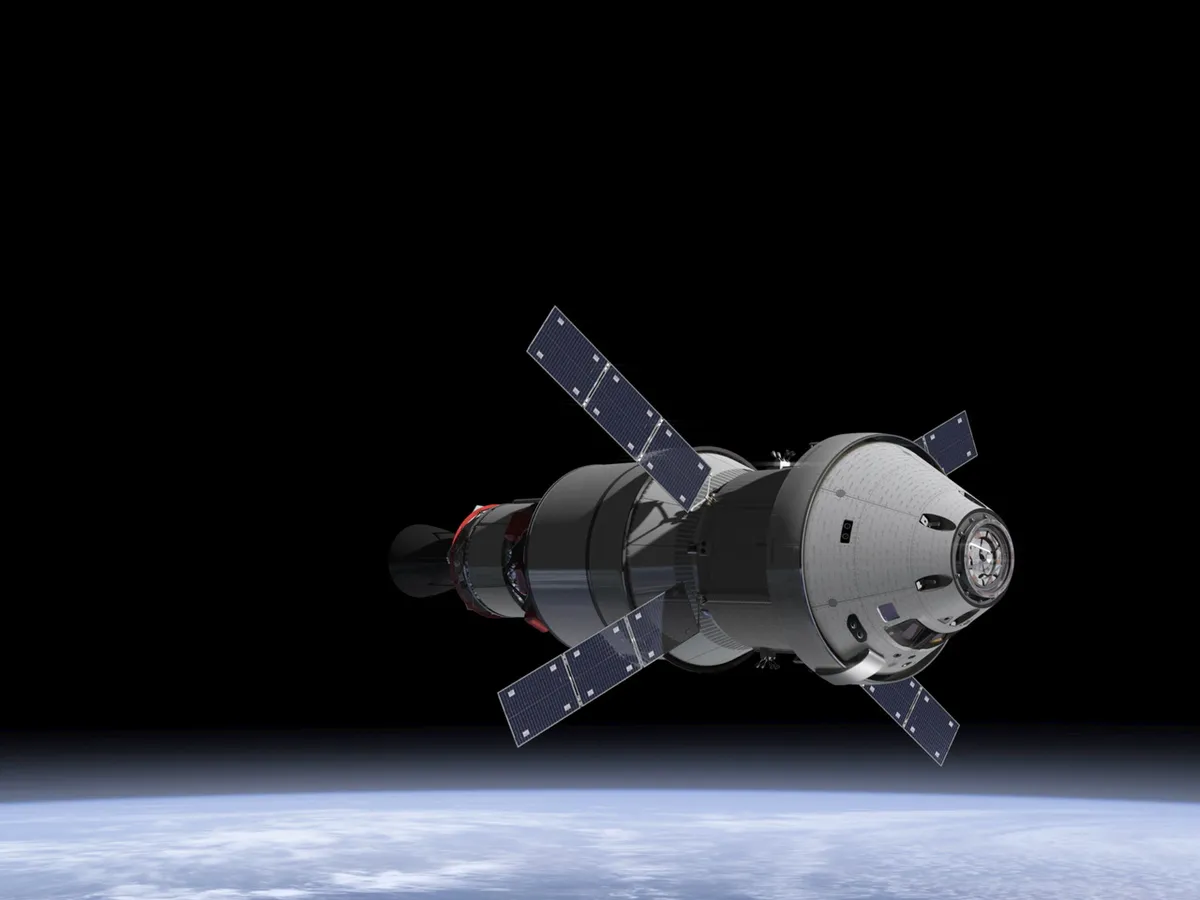
There will be no lunar landing for Artemis I, but it will lay the foundation for the future Artemis missions to build on.
The Artemis spacecraft has a launch window of two weeks every month when the Moon is in the right position relative to Earth.
As of writing, the earliest of these runs from 7–21 May, but launch windows from 6–16 June and 29 June to 12 July are also being considered.
Once the mission has made its way off the launch pad at the Kennedy Space Center, it won’t be short of objectives.
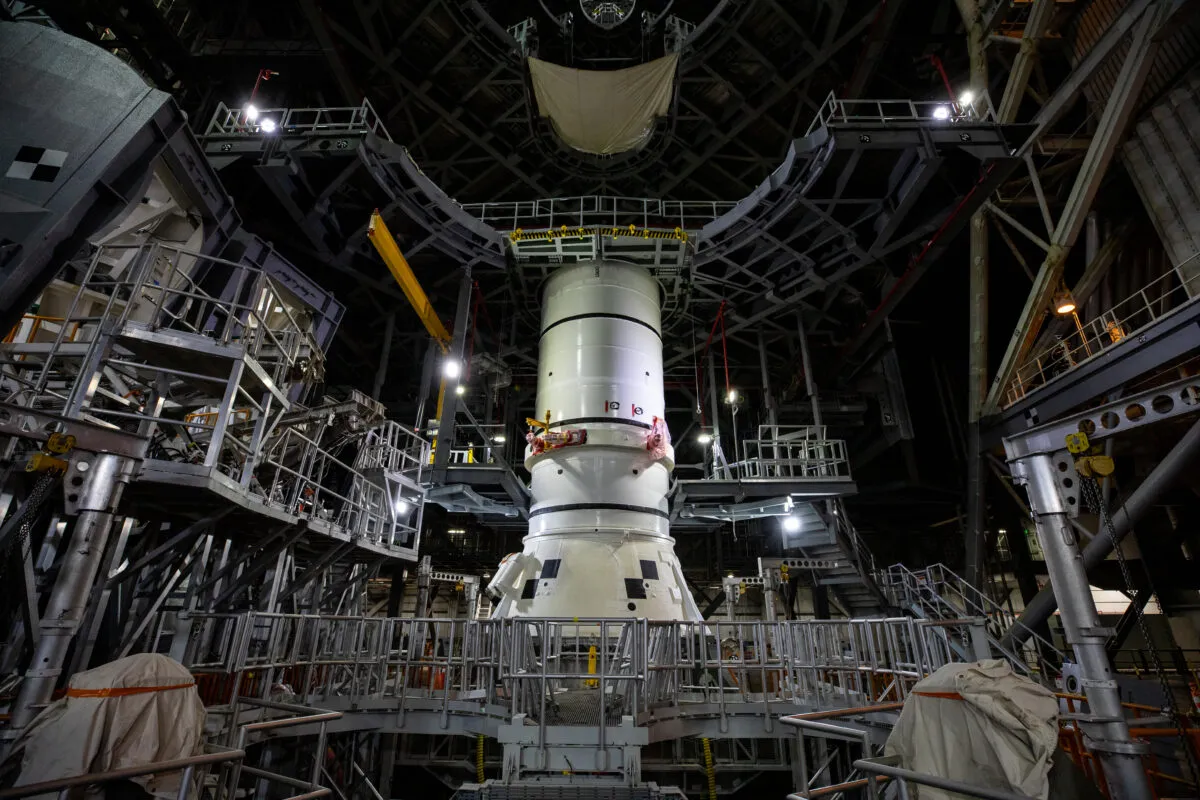
Over the course of the mission Artemis I will deploy science CubeSats, and the Orion craft will travel thousands of kilometres beyond the Moon in a retrograde orbit as well as conducting two flybys, skimming just 100km over the surface.
After Artemis I has been successfully completed, Artemis II will repeat the flight, this time carrying a four person crew on a 10-day mission that will travel further beyond the far side of the Moon than any human mission before it.
But it is Artemis III that will be most important.
Composed of Orion and another crew of four, it will once again travel to the Moon — this time to make history by carrying the first woman and first person of colour to walk on its surface.
What stage is NASA's Artemis I mission at?
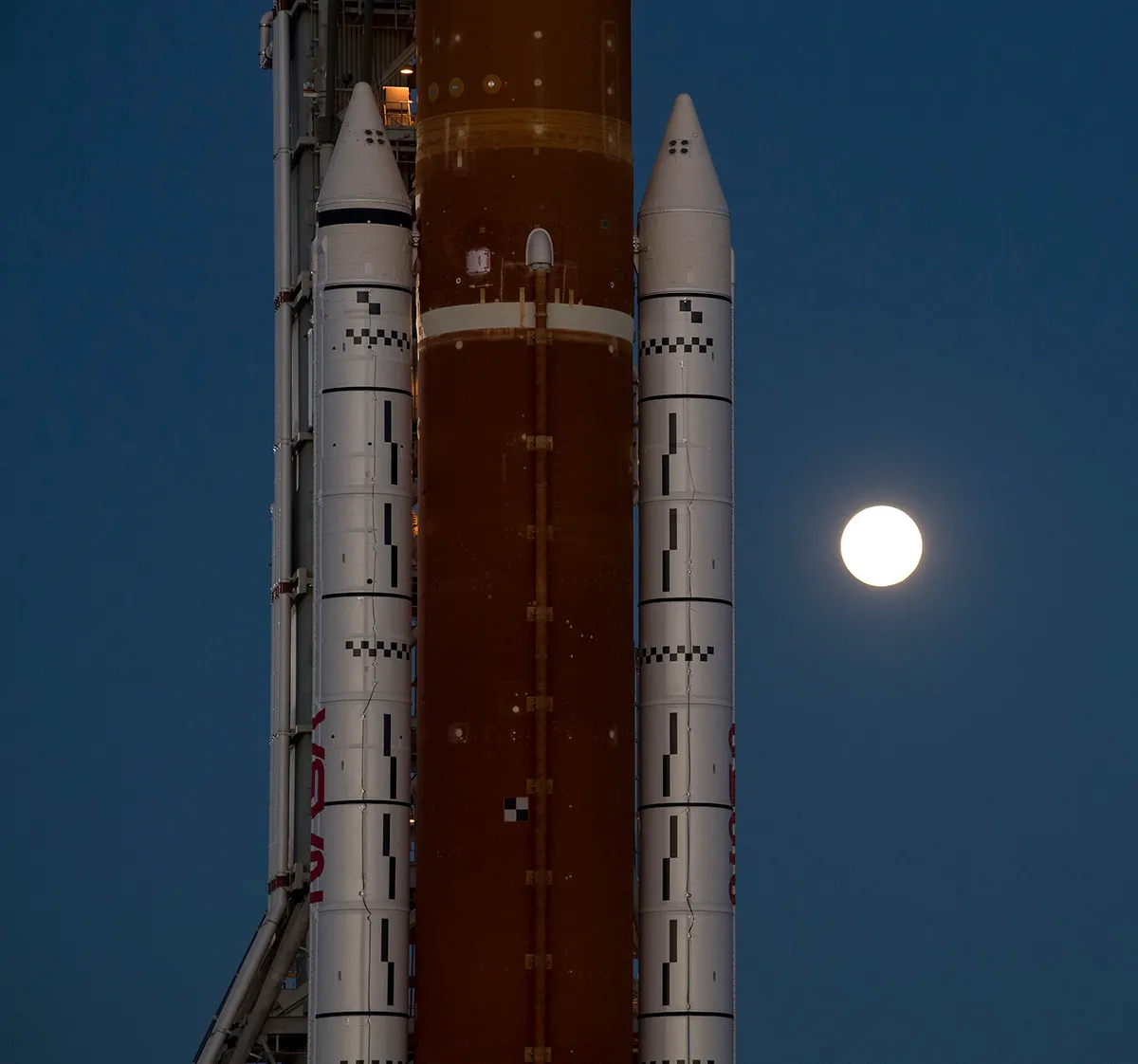
Since Bridestine’s 2019 announcement, progress on Artemis has been consistently moving forward and the various teams involved have been following a rigorous schedule of planning and testing.
"All the parts for Artemis I are now assembled in the Vehicle Assembly Building at Kennedy Space Center," explains Jeremy Graeber, Chief of the Test, Launch and Recovery Operations Branch (within the Exploration Ground Systems) at Kennedy.
"That’s a massive 300-plus foot [90m-plus] rocket – the largest and most powerful we’ve ever built – with multiple pieces stacked together and now fully assembled.
"The task of my teams is to test all the interfaces between the SLS rocket and Orion. We’ve finished the integrated testing now.
"The next big step is the wet dress rehearsal – a full run-through of launch countdown where we take the rocket out to the launchpad, load all the cryogenic and propulsion stages and count through to launch to validate that all systems are ready.
"Next, we roll it back in to Vehicle Assembly Building for a final check out. Then we are essentially ready for launch."
Artemis I's key role: testing the Orion spacecraft
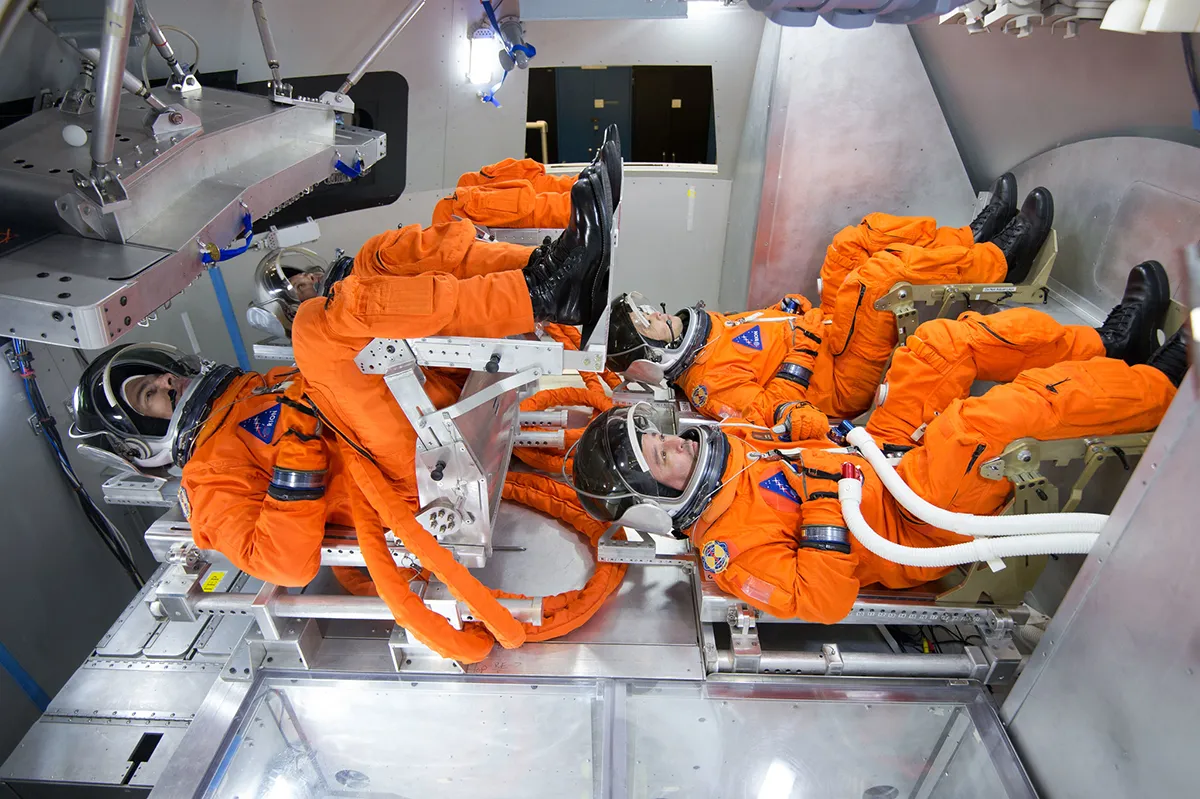
Artemis I will be testing all aspects of the mission rigorously before risking human lives with Artemis II.
One of the most important parts to test is the Orion crew module that will house the astronauts.
It has been designed as a partially reusable crewed spacecraft for Artemis and consists of a Crew Module (CM) space capsule designed by Lockheed Martin and a European Service Module (ESM) provided by the European Space Agency (ESA).
The service module attaches to the crew module, separating just before re-entry and providing in-space propulsion capability for orbital transfer, altitude control and high altitude ascent aborts.
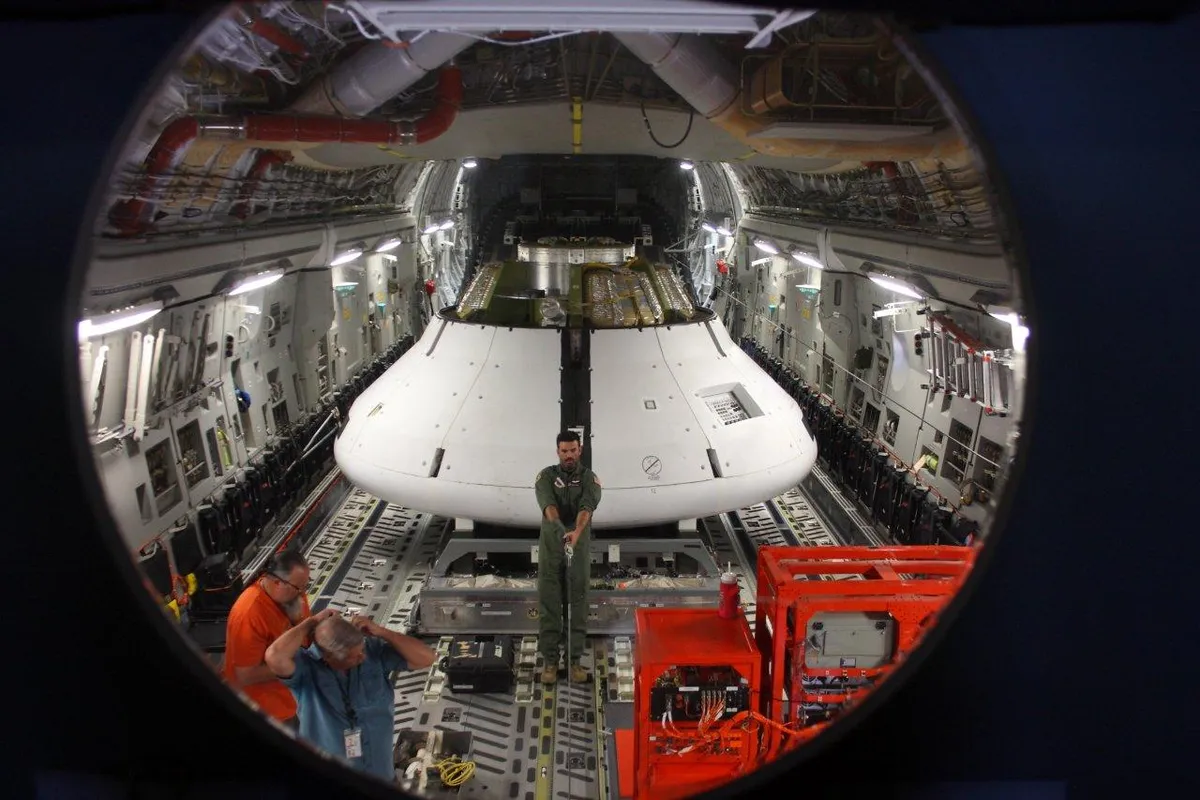
"Work began 10 years ago on the development of the ESM, which was then manufactured by Airbus and European sub-contractors," explains Philippe Berthe, ESM Project Co-ordination Manager at ESA.
"After extensive testing, we delivered the module for Artemis I to Ohio where it was assembled and re-tested over three years."
In return NASA will give them something ESA would never have been able to afford on its own.
"In exchange for providing the service modules, we have three flight opportunities for our ESA astronauts up to 2030," says Berthe.
"We have already provided three service modules to the Artemis programme and hope to extend our contract out to Artemis IX, which will be proposed at the next ministerial meeting."
Planning for Artemis I
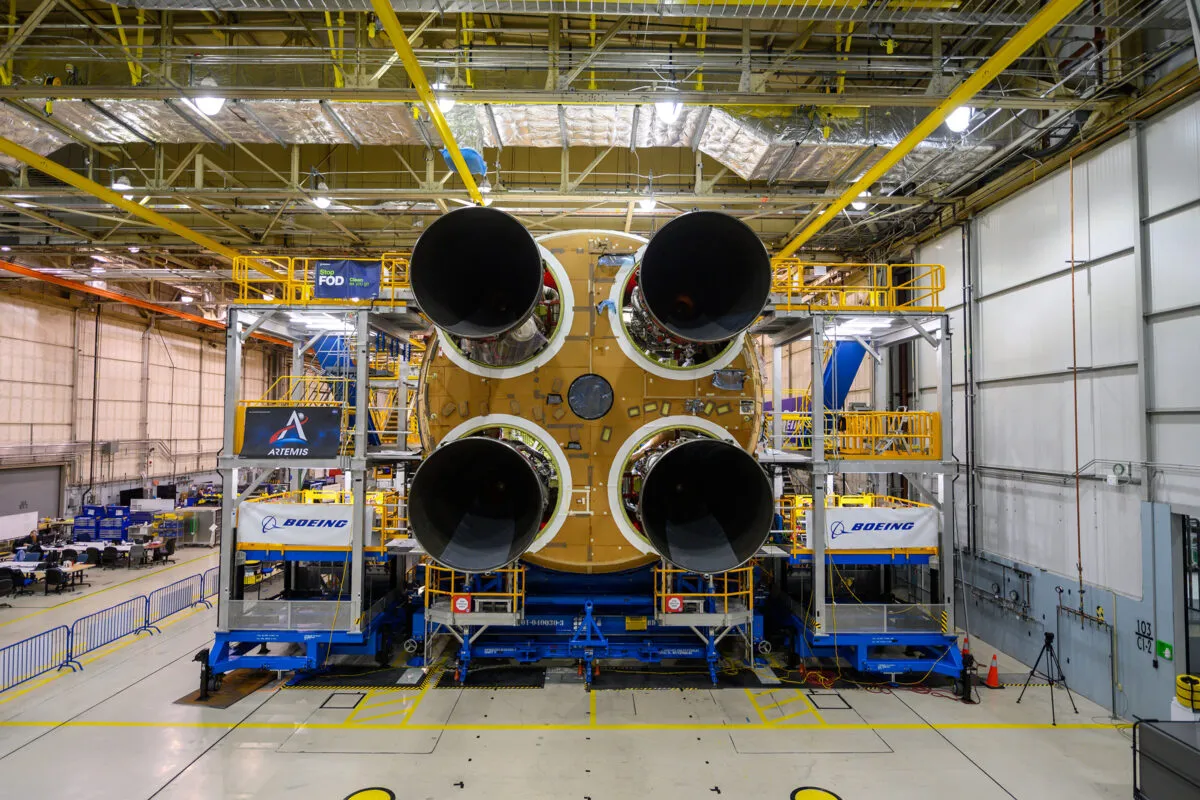
With so many agencies, components and tests involved, every detail of the Artemis I mission has been intricately planned by flight director Rick LaBrode and his team.
"We require procedures for the launch, the outbound leg to the Moon, big burns by the Moon, lunar and Earth orbit, and the return of the Orion spacecraft," he says.
A flight director for over 23 years, LaBrode worked on the Space Shuttle and International Space Station programmes and he is excited to be leading the maiden voyage of Orion to the Moon.
"Leaving a low Earth orbit and heading to the Moon, this is a whole new objective and to be part of that is exhilarating.
"The challenge of Artemis is that we are starting something completely new.
"We re-opened the Apollo programme as our starting point for procedure building, because the physics of getting to the Moon hasn’t changed so we’ve leveraged a lot from that.
"But of course the hardest part in planning an Orion mission is that this spacecraft is entirely new – there are no previous Orion missions to look back on, we’re writing all the flight rules and procedures from scratch."
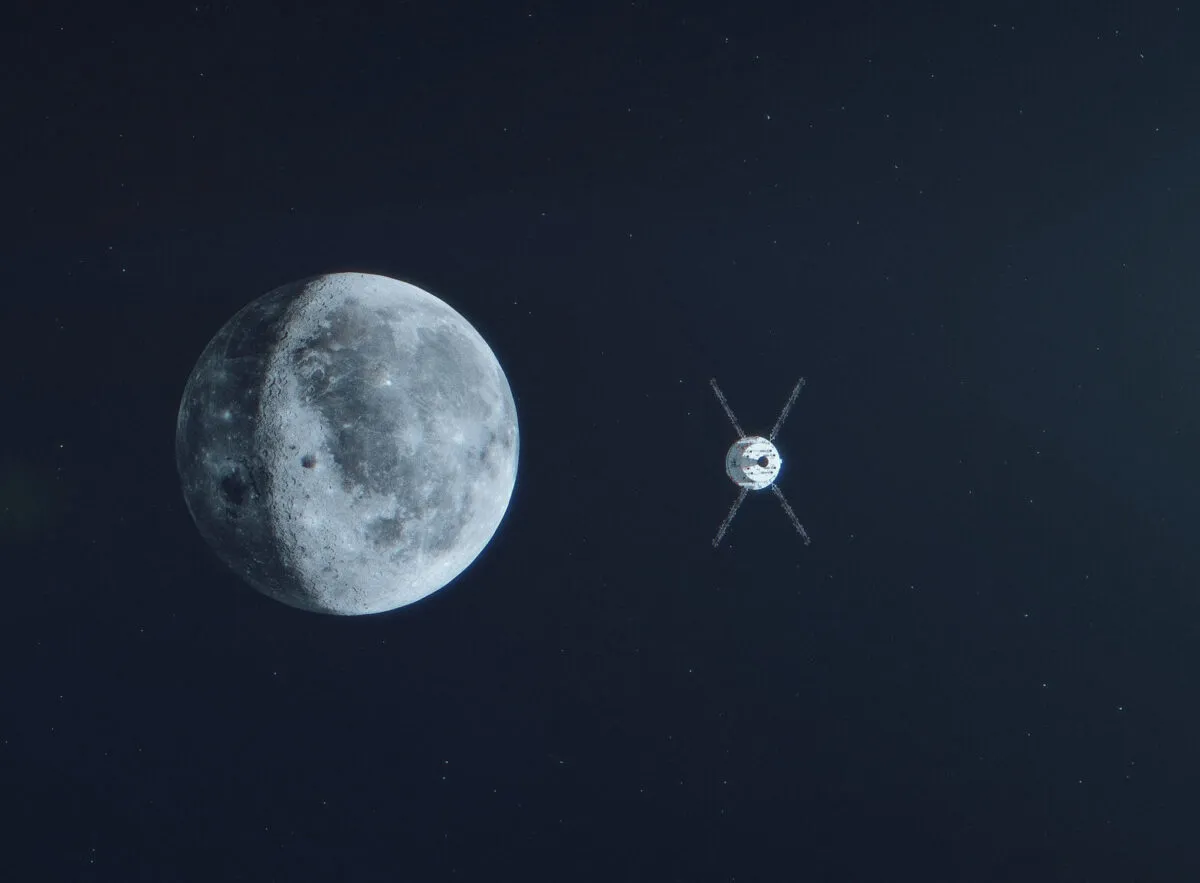
All of this means the Artemis team have had to plan their maiden voyage with no real prior knowledge of what might happen.
"The teams simulate sequences," LaBrode explains, "planting in possible malfunctions, considering ‘what if’ scenarios, documenting everything and building in procedures for all possible outcomes.
"It’s a long process that has been worked on by the team for over three years and made all the more difficult since we’re all doing this for the first time.
"My main objective as flight director for Artemis I is to test all the systems so that we can prepare as best as we can for the next Artemis II crewed mission.
"So far we have only had test data in isolation, but that’s not the same as being in space, in zero gravity.
"All the models are theoretical, but the Artemis I mission will allow us see what the vehicle really does when in the vacuum of space. There, we can test everything."
Orion spacecraft's heat shield
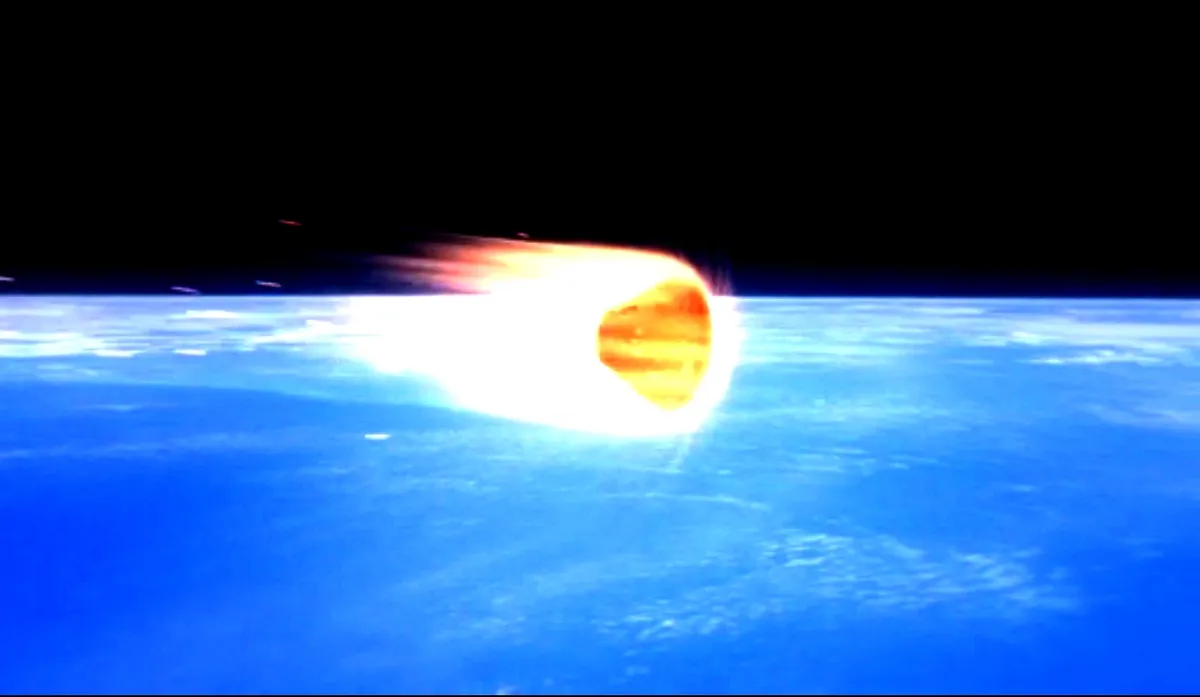
Another key feature the mission will test is the Orion heat shield. On re-entry Orion will experience a faster return from lunar velocity of about 39,500km/h.
While the speed difference may seem comparable to re-entry velocities of capsules from the ISS (27,400km/h), the heating of the vehicle increases exponentially as the speed increases.
"An exploration test flight of the Orion spacecraft brought the craft up over 5,800km above Earth twice, but this is nothing like coming back from the Moon and the velocities that the astronauts will experience," says LaBrode.
"The heat shield has been designed to handle the Moon [return] entry velocities, but Artemis I will prove whether we got that right or not."
In 2014, Jeremy Graeber from Kennedy Space Center was recovery director for this Flight Test 1, a one-day mission of Orion that splashed down in the Pacific. It was a demo test to show all the capabilities of the craft.
Since then he has become the assistant launch director for the Artemis I mission and he’s been involved in this programme ever since.
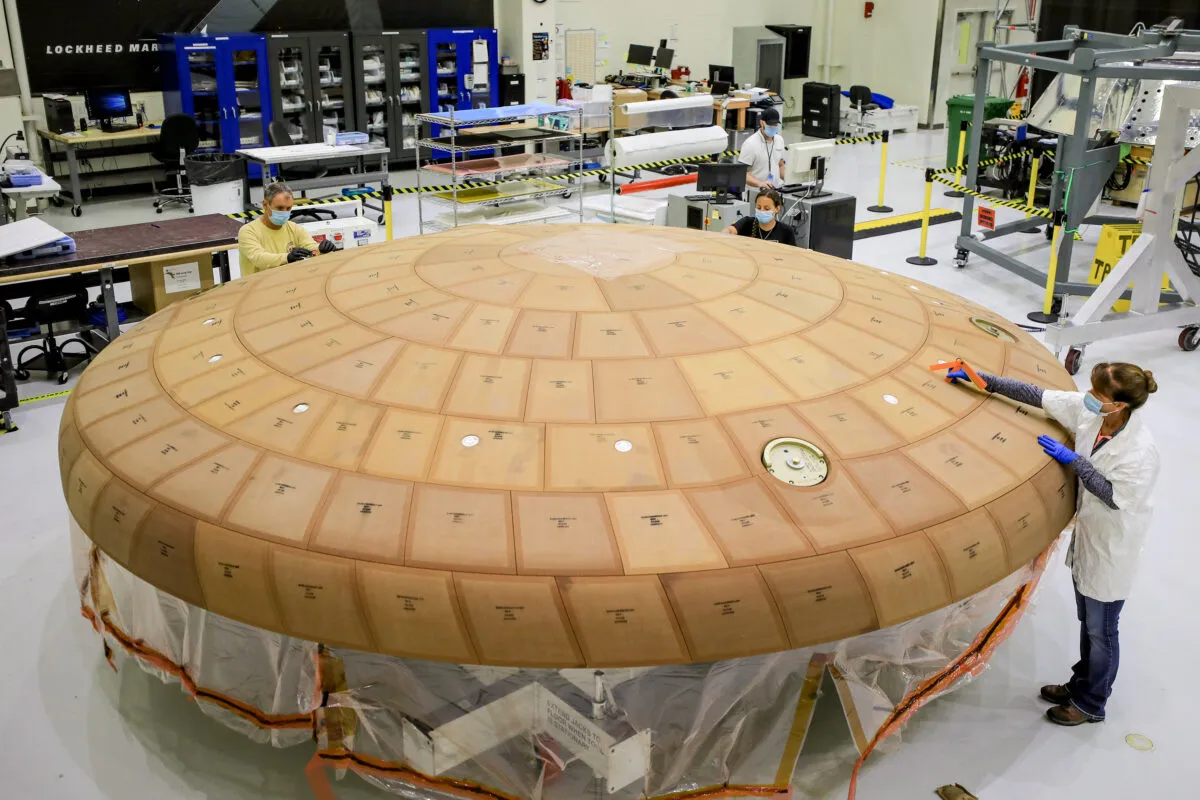
"We’ve had to develop a whole new set of launch and recovery procedures for this mission," says Graeber.
"It’s a first time mission – we will learn a lot about configurations, testing and operations. And what we learn we will put in to the crewed Artemis missions.
"We’re dedicated to making safe and successful Artemis II and III missions. That’s what the last 10 years have been all about."
No doubt the pressure is on for all the teams involved as launch day draws closer.
"We’re about 90% through our testing, and we are on track to launch," said LaBrode when we spoke to him in January 2022.
But after so many years of preparation, planning and testing, how will all the teams involved in Artemis feel on launch day?
"I don’t like to dwell too much on the enormity of this first Artemis mission," admits LaBrode.
"Flight directors get the job done because they can handle pressure. But when we fly by the Moon on that outbound leg, less that 100km off the surface? That will be an extremely exciting and rewarding moment."
Graeber’s attitude is different.
"I will prepare for it with a long run," he says. "It’s important to take a step back and realise the privilege to be part of the team. We’re all honoured to work on this programme.
"It’s been 10 years in the making, but there’s still a whole lot to do before we put footprints back on the Moon."
13 key stages in NASA's Artemis I mission
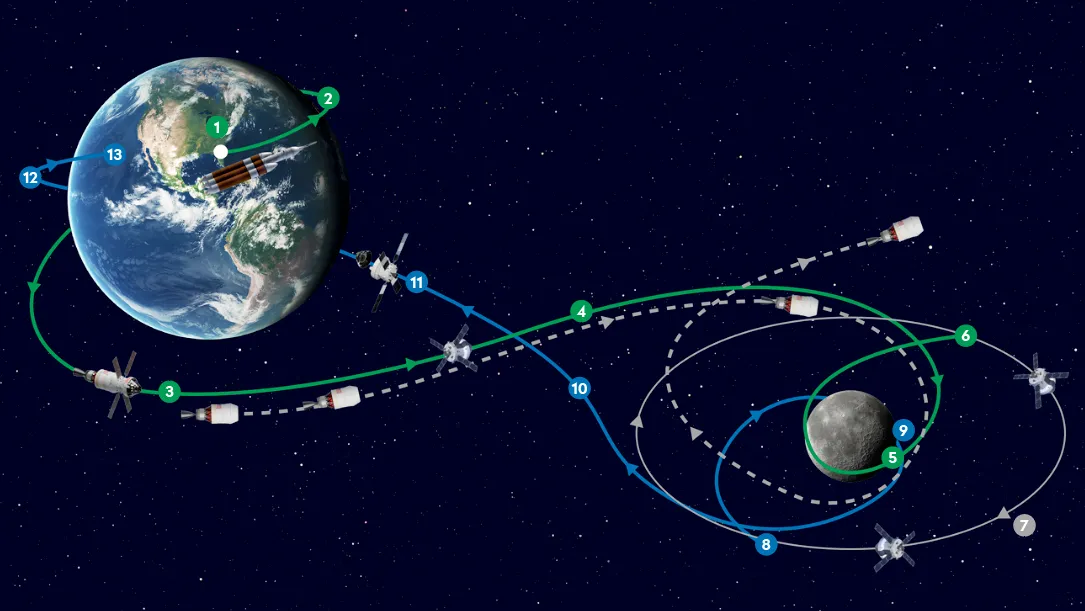
- Artemis I launches from Kennedy Space Center, Florida
- The spacecraft enters low-Earth orbit and deploys the solar array
- Separation of Orion from rocket. Propulstion stage takes dotted grey line to a disposal orbit around the Sun
- Trans-lunar injection propels the Orion spacecraft towards the Moon
- First flyby, 100km from the surface
- Orion enters a distant retrograde orbit (DRO) around the Moon
- At its furthest point, Orion is 61,155km from the Moon’s surface
- The Orion spacecraft leaves distant retrograde orbit (DRO)
- Second flyby of the lunar surface
- Thrusters fire to send Orion on its return trajectory to Earth
- The Orion service module separates from the crew module
- Atmospheric entry at 39,500km/h
- Orion splashes down in the Pacific Ocean, with recovery by the US Navy
What comes after the Artemis programme?
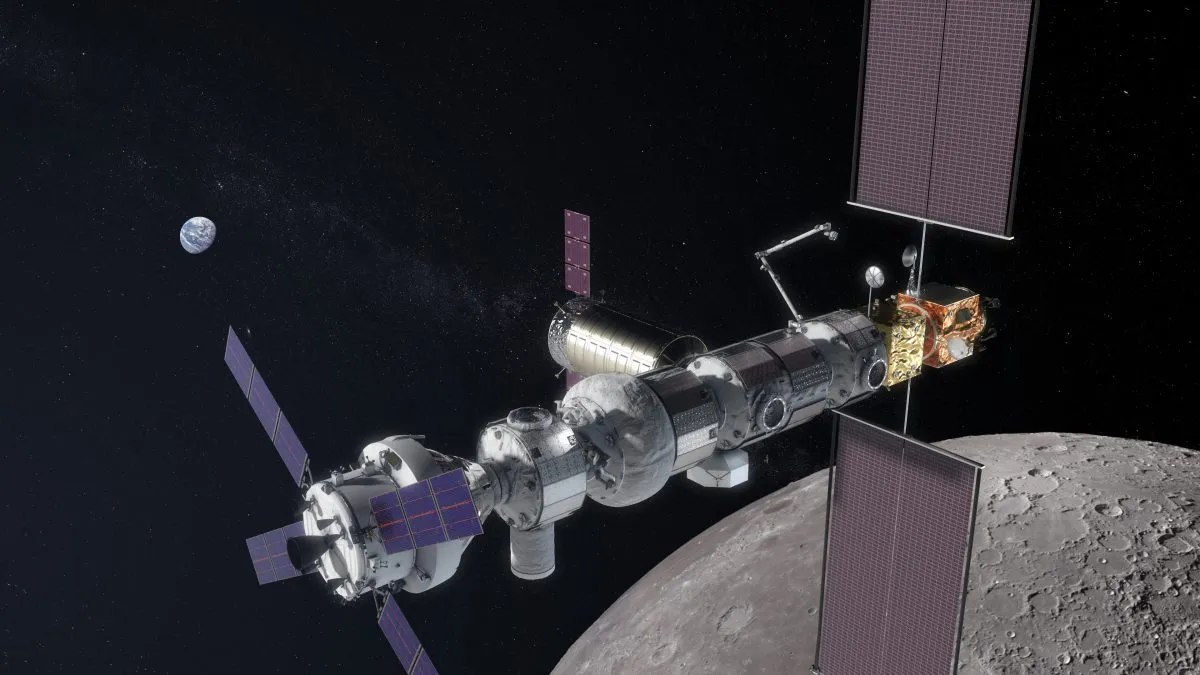
The Artemis programme is the first phase of NASA’s ambitions to establish a sustainable human presence on the Moon and then onwards to Mars by the 2030s.
The most significant component of this strategy is a Moon-orbiting outpost called the Gateway – a command module which will continuously orbit the Moon on an elliptical path, ranging from 1,500km to 70,000km from the lunar surface.
The Gateway will initially be composed of a simple power and propulsion element along with a mini-habitat element.
Building the Gateway is going to take the work of more than just NASA, and several of the agencies that helped to build the ISS have already expressed an interest.
Among them is ESA, which has already agreed to provide the habitation module, telecommunications, propulsion systems and a science airlock, in exchange for more European astronauts.
"Our long-term objective is for an ESA astronaut on the Moon, and we need to provide other contributions on the Gateway for this to happen," says Philippe Berthe.
"Our collaboration with NASA is an important part of our long-term strategy to be involved in this new and critical return to lunar space exploration."
Once the Gateway is established, human lunar missions could occur once a year, lasting from 30 to 90 days.
Next, a permanent base at the lunar south pole could be established. Lessons learned from a Moon base will pave the way for the next giant leap in exploration: the first human mission to Mars.
This article originally appeared in the April 2022 issue of BBC Sky at Night Magazine.
